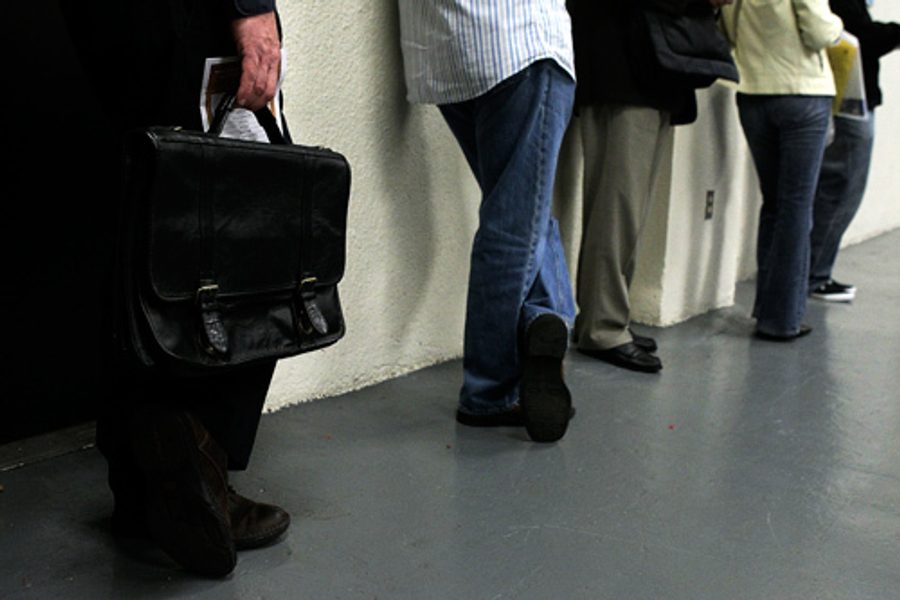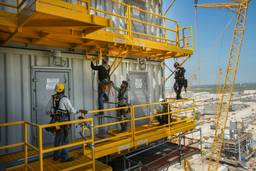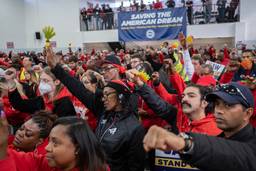
Report: Plight of poorer Americans signals ‘True Great Depression’
Let’s tally the workplace losses handed to us by the Great Recession.
We know that many of the losses have been borne by young workers, by the less educated, by blue-collar workers and, most especially, construction workers and black workers.
We know from studies that a large number of workers are underemployed. But you don’t need a survey to tell you this is a problem when you know of people who go months without a job and then grab at anything to bring home some money and gain a sense of self-worth. It’s your laid-off office mate who was thrilled to lug mail during the holidays since he hadn’t worked in months, or the neighbor who has been cleaning houses until she can go back to a good-paying office job.
But there’s a loss that hasn’t been talked about much until lately. It’s a loss that could have damaging consequences for workers for decades to come.
This is the so-called underutilization of low income workers. It is a figure that comes from an analysis created by researchers at the Center for Labor Market Studies at Boston’s Northeastern University, in a newly release report.
Northeastern researchers added up the ranks of the unemployed, underemployed and those who have tired of looking for work, but wish they were working.
But even before adding up the numbers for these three groups, the situation is dismal. Take the unemployed. Nearly one out of three workers in the lowest income bracket was out of work in the fourth quarter of 2009, according to the Center for Labor Market Studies.
What happens when you combine these three measures of grim workplace losses?
You get an underutilization rate of 50 percent for the lowest income workers, and 37 percent for the next lowest income group. Together these groups total about 16.7 million workers.
“These extraordinary high rates of labor underutilization among these two groups would have to be classified as symbolic of a True Great Depression,” the report suggested.
Consider the fact that the underutilization rate steadily drops as you climb the income ladder — it falls to 6.1 percent for the highest income group — and this may help explain how two social realities that have emerged in the Great Recession.
The greatest job losses have been shouldered disproportionately by the poorest in society, pushing them evevn further away from the world of not only our richest, but even our most middle-class wage earners. And poor Americans are the country’s most invisible people.
When you can’t see or feel someone else’s suffering, it is all too natural not to give a damn. Maybe this is why it’s so hard today to get Congress to pass a decent jobs bill to stem the tide of poverty.
A former labor writer for the Chicago Tribune, Stephen Franklin is a Pulitzer Prize finalist and an adjunct professor at the University of Illinois Urbana-Champaign School of Labor and Employment Relations.







